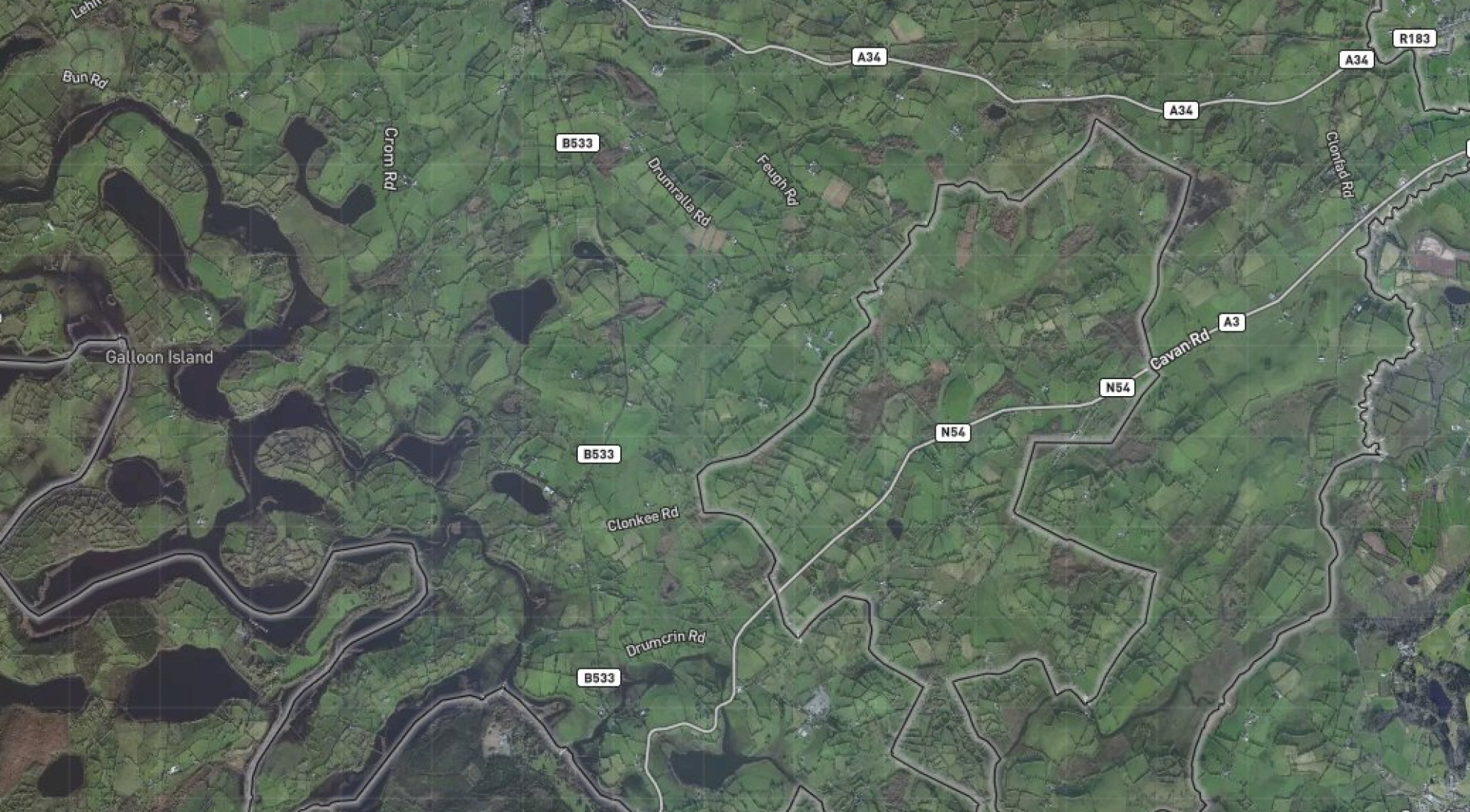Lord Pirrie Blog 1 – August 1849, A Triumph & A Tragedy
On 11th August 1849 Queen Victoria and Prince Albert paid a brief visit to Belfast. This first trip to Ireland had been delayed because of the Potato Famine. The Royal Couple enjoyed a holiday in Cork & Dublin and ended with a trip to this rapidly-expanding Ulster town. Their Ship docked on a wharf close to the town, reached using a new shipping channel. Credit for this lay primarily with Captain William Pirrie of the Belfast Harbour Commissioners. Originally from Ayrshire, he was a successful ship owner and cross-Atlantic trader who appreciated the importance of good port facilities. His persuasive arguments resulted in Ireland’s foremost engineer, William Dargan, being employed to straighten and deepen the River Lagan, giving greatly improved access to the harbour. This channel was critical to further commercial development during this great era of industrial expansion, when Belfast excelled in linen and whiskey production. Spoil dredged from the Victoria Channel was used to create new land at the river mouth. The canny Captain also ensured that legal provision was enacted so that all reclaimed land belonged to the Commissioners. These two developments would have a profound effect on the future growth of Belfast.
Across the Atlantic Ocean a related tragedy would also play an important part in shaping Belfast. In late August, Eliza Swann Pirrie stood with her two young children in Greenwood Cemetery, Brooklyn, at the grave of her husband, James. James was the son of Captain Pirrie and had followed a similar career to that of his father, setting up a trading company in Quebec City. He had travelled from Belfast with Eliza, his Irish sweetheart. They were married in St Andrew’s Presbyterian Church in 1844, and produced a daughter, also Eliza, and a son, William, named after his grandfather. James fell victim to a cholera epidemic that was then sweeping North America. He died at the age of 27, on 20th August 1849. So ended the American Dream for the Pirrie family. James’s widow and children crossed to Europe from New York harbour, within site of the graveyard. This was probably to Liverpool on a Cunard Liner. These ships were paddle steamers equipped with sails. Passengers had very basic facilities and endured great discomfort, as described by a despairing Charles Dickens during his 1842 crossing.
In autumn 1849 the 2-year-old William, having acquired the middle name James to honour his father, arrived in Belfast. He travelled up the Victoria Channel, past the expanse of reclaimed land now named Queensisland. This young boy would eventually take full advantage of the improvements his grandfather championed to make his considerable mark – on Belfast, on shipbuilding, and on the western world. He would revolutionise the comfort, reliability and speed of transatlantic travel, and enable millions of people to seek a better life in the New World. He was also the singular designer of RMS Olympic and Titanic (not Thomas Andrews, as will be explained in a future blog). Pirrie’s story, for interesting reasons, is not well known.
